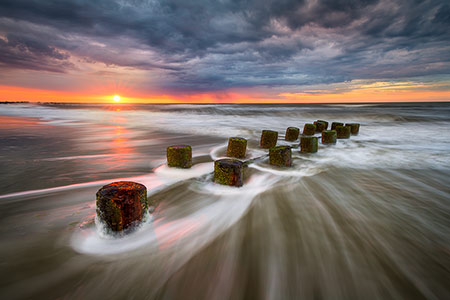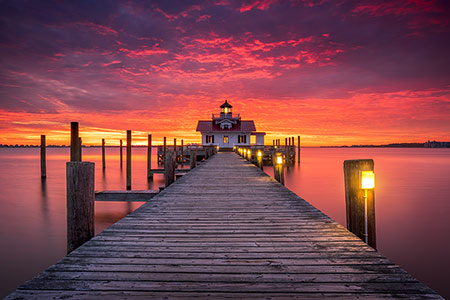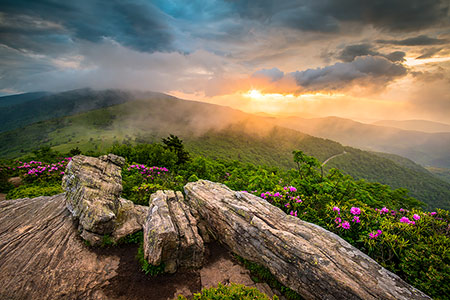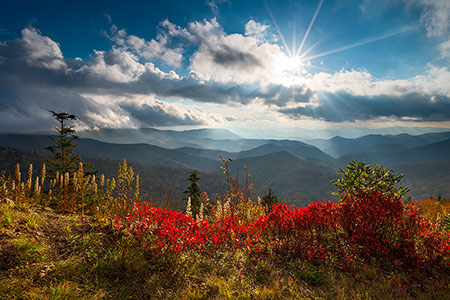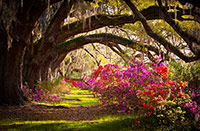 Most of the people that ask me about choosing their next camera seem to be curious about what type of camera is right for their uses and budget. They want to understand the differences in camera types rather than needing help choosing one model over another. Since the internet has an abundance of comparison information to help you choose a specific model once you determine the camera type that best fits your needs, I'll focus on what seperates the different types of cameras that are available.
Most of the people that ask me about choosing their next camera seem to be curious about what type of camera is right for their uses and budget. They want to understand the differences in camera types rather than needing help choosing one model over another. Since the internet has an abundance of comparison information to help you choose a specific model once you determine the camera type that best fits your needs, I'll focus on what seperates the different types of cameras that are available.
Most photographers will tell you that being a photographer has very little to do with the camera that you use. While a SLR type camera can offer much greater control than many Point and Shoot cameras do, the image quality differences beyond that become much less apparent. New digital cameras generally fall into one of three categories; Point and Shoot, Crop Sensor D-SLR, and Full Frame D-SLR.
The most noticeable jump in image quality happens between the compact point and shoot cameras and the entry-level D-SLRs. Most Point and Shoot cameras offer only a little control over how the picture is exposed, combined with a smaller image sensor that doesn't do as good of a job capturing the image. Even entry level D-SLRs from the major manufacturers offer full control over image exposure and they have much larger image sensors to record high quality images.
The only real step up beyond these cameras are the Full Frame D-SLRs like Nikon's D750, D850, and D5 that use a larger image sensor for better image quality (especially in low light conditions), but even then the differences are more subtle and hidden in the details. These are differences many people would not even notice unless peering into the details in a very large print.
Aside from crossing these boundaries into a different class of camera, most of the current crop of cameras from the major manufacturers generally offer similar image quality.
Now you might be wondering why anyone would buy a $3000 camera body if the $450 one has almost the same image quality. The biggest difference between them is build quality. The more expensive cameras are usually made of high strength materials like magnesium, are weatherproof, use better switches and controls, have bigger batteries for long life, and are usually faster. While these things are great to have, there are also downsides. Having all these bigger and better parts causes them to be larger, heavier, and quite expensive.
The cheaper or entry level D-SLRs are generally plastic, not very weather resistant, etc. Picture quality however is generally excellent in all of them from the major manufacturers like Nikon or Canon (depending on lenses, settings, etc). While there are obvious downsides to cheaper parts, switches, and plastic bodies, these things can be seen as advantages as well. The most obvious advantages are small size, light weight, and low price.
Now I'm not saying that a Nikon D850 doesn't have better image quality than a D3200. What I am saying is that I have seen jaw-dropping pictures that were taken with a D3200, and I have also seen some dreadful images shot with a D850. It is far more important to learn to use the camera you have to it's potential.
If you are someone who needs that extra bit of speed, weather resistance, or durability in your camera and is willing to pay for it then go for it, you already know who you are and what your needs are. Just don't spend a lot of extra money on a camera body if you do not understand exactly what you are getting for your investment. Back when I first wrote this article I owned three Nikon camera bodies; the D3000, D80, and a D300. The average person would probably not have been able to detect any visible difference in pictures from any of them despite their differences in cost ranging from around $500 to $2500.
Choose the camera that does what you need it to and fits into your budget range. If you want a camera that fits in your shirt pocket to document your life in snapshots, most small point and shoot cameras will do the trick just fine. If you are worried about image quality on a budget or just need an inexpensive camera that's lightweight and flexible, an entry level D-SLR will deliver amazing images as long as you take care not to abuse it. If you are a professional who uses and probably abuses your camera daily, you'll need to spend the money for a camera that can deal with the rigors of constant use.
In the end, picture quality is generally comparable between similar products from the big manufacturers while build quality is mostly an issue of budget. What I recommend is to choose the camera that suits your needs and budget from one of the major brands like Nikon or Canon. Hold the cameras to see which ones feel most comfortable in your hand, as those small details such as comfort in your hand could be the deciding factor.
I hope these tips will help you to improve your own photography. Use the links to navigate forward, backward, or go to the "Main Menu"
